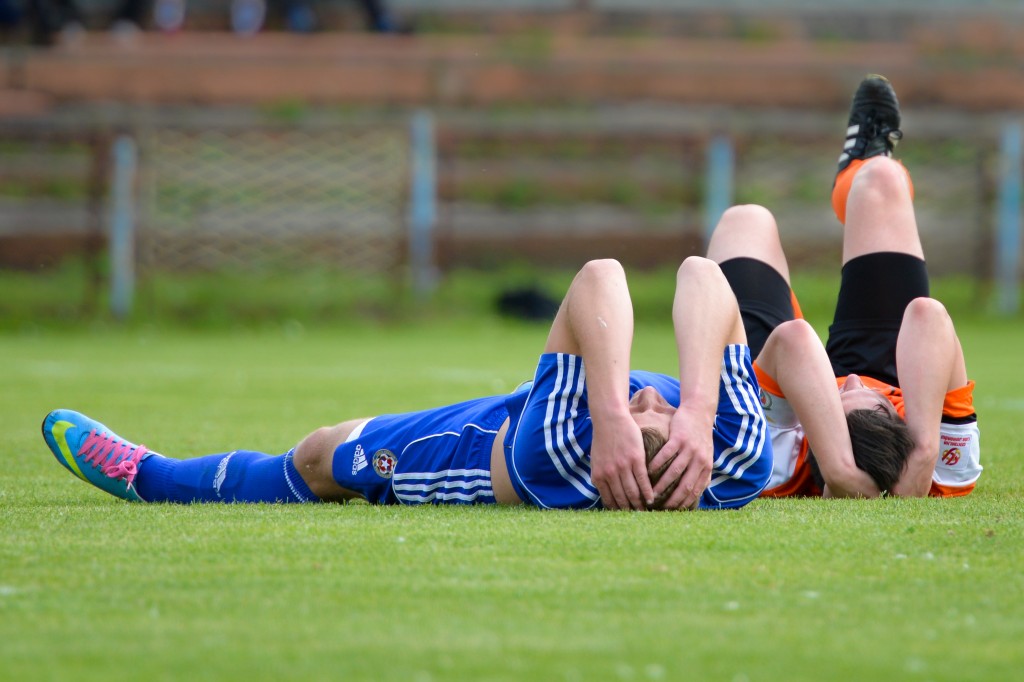-
Health & Wellness
Bumps, Blows and Jolts: How to Determine if Your Athlete Has a Concussion

With fall sports wrapping up and winter sports starting soon, it’s important to discuss concussion management. A concussion is a type of traumatic brain injury caused by a bump, blow or jolt to the head or by a hit to the body that causes the head and brain to move rapidly back and forth. Some head injuries may appear to be mild but research is finding that concussions can have serious, long-term effects, especially repeated head injuries or cumulative concussions. When a second concussion occurs before the first one has properly healed, an athlete may incur second impact syndrome.
Centers for Disease Control (CDC) estimates reveal that 1.6 to 3.8 million concussions occur each year and 5-10 percent of athletes will experience a concussion in any given sport season. Football is the most common sport with concussion risk for males at 75 percent whereas soccer is most common for females at 50 percent. It’s important to note that most concussions do not result in loss of consciousness and roughly 47 percent of athletes do not report feeling any symptoms after a concussive blow.
Jill Tacl, physical therapist at Mayo Clinic Health System, covers symptoms and what to do if your athlete has suffered a concussion.
What to look for in an athlete who has suffered a concussion:
- Headache/pressure in the head
- Temporary loss of consciousness
- Confusion or feeling as if in a fog
- Amnesia surrounding traumatic event
- Dizziness
- Ringing in the ears
- Nausea
- Vomiting
- Slurred speech
- Fatigue
Dangerous signs and symptoms of concussion that requires immediate medical attention:
- Headache that gets worse and does not go away
- Slurred speech, weakness, numbness or decreased coordination
- Repeated vomiting
- Inability to wake up
What can you do if your athlete has suffered a concussion?
An evaluation by a medical doctor and a visit with a physical therapist can help treat and diagnose most concussions. It is important to conduct a thorough assessment that includes medical history, physical examination and vestibular/ocular-motor screening. Your athlete will be taken through a “return to play protocol” and perform a post-concussion test and analyze visual-motor speed, reaction time and impulse control.
The athlete’s primary care provider, athletic trainer and physical therapist will work together to develop an individualized program aimed to promote safe return to play. This team approach helps to maximize your athlete’s potential and decrease the likelihood of complications. Following the protocol as prescribed will help the athlete get back in the game safely — sooner rather than later.







